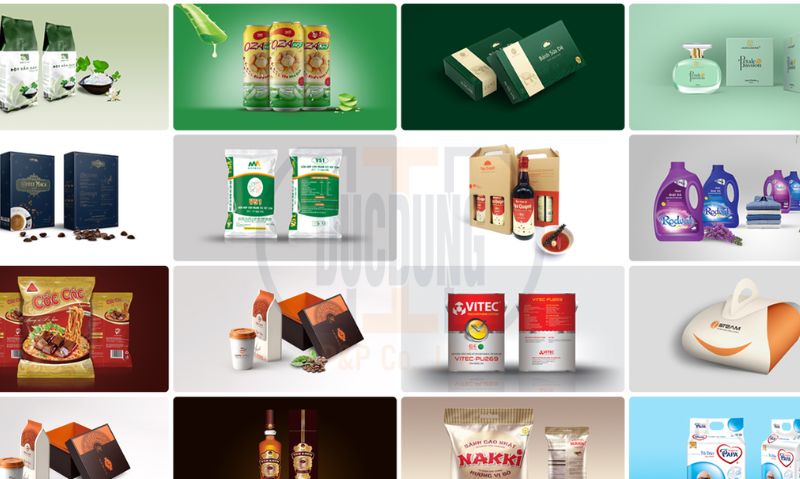In the food and specialty product business, packaging plays a crucial role in purchasing decisions. A high-quality product with bland packaging can easily be overlooked on supermarket shelves or online platforms. On the other hand, well-designed, eye-catching packaging that reflects local identity can serve as a powerful bridge, allowing consumers to sense the value of the product even before tasting it. To achieve this, printing technology and creative packaging design are essential components.

Today, many traditional craft villages and small-scale producers have begun investing in packaging, thanks to the support of modern digital printing technologies. Unlike traditional offset printing (which requires large print runs and longer lead times), digital printing allows for small-batch production with flexible changes in content, color, and imagery. As a result, products like fruit preserves, bánh tét lá cẩm, or herbal teas can feature customized packaging for specific holidays or customer segments—without incurring excessive costs.
Creative packaging goes beyond aesthetics—it must also tell a story. A packet of Tay Ninh shrimp salt, for instance, becomes much more valuable when it communicates its origin, regional identity, production process, and unique characteristics, compared to a similar product packed in a plain plastic bag. Modern printing technology enables the integration of QR codes, NFC tags, or AR images that link users to websites, videos, or immersive storytelling experiences—an engaging and effective way to bring a product’s narrative to life.
Moreover, eco-friendly packaging is increasingly becoming a market requirement. Many producers are now using recycled paper boxes, biodegradable corn-starch bags, or packaging made from sugarcane pulp and pressed banana leaves. Advances in bio-material manufacturing make it possible to produce packaging that is not only attractive and safe but also leaves a positive impression on international consumers—especially in markets with high environmental responsibility standards.
Anti-counterfeit packaging is another vital aspect of brand protection for specialty products. Hidden printing, encrypted codes, or electronic labels can help verify product authenticity and prevent imitation. This is especially critical for well-known regional brands such as Phu Quoc fish sauce, Binh Phuoc cashews, or Buon Ma Thuot coffee.
Packaging is not just the “clothing” of a product—it is the face of a local brand. When packaging is thoughtfully designed and enhanced with the right technology, local specialty products gain a professional image, making them more likely to win the trust and affection of consumers both at home and abroad.
Ngày đăng: 26-05-2025
Tác giả: Kim Anh

